二维材料系统可实现单光子发射器和自旋量子比特,为新型量子现象和技术应用开辟了一个崭新的舞台。例如,二维六方氮化硼结构可容纳稳定的单光子发射器和自旋三重态缺陷结构,因而引起了人民的广泛关注。
然而,这些量子缺陷的不可控性及化学性质的不确定性阻碍了其进一步发展。通过引入能精确调控的外部缺陷,可以弥补量子缺陷化学性质的不确定性问题。
来自美国加州大学戴维斯分校物理系的Ping Yuan教授,提出了一套完整的理论框架来识别宽带隙二维材料系统中的量子缺陷,可用于单光子发射体和自旋比特的设计。他们通过用第一性原理方法计算了h-BN材料系统的缺陷能量,确定了具有三重态的缺陷结构,通过分析次级量子自旋的零场分裂,对相关能级进行了控制。
此外,根据缺陷跃迁和辐射寿命,他们筛选出了h-BN中潜在的单光子发射器缺陷结构。该理论框架考虑了缺陷-激子耦合等多体相互作用,并计算了每个缺陷的电子结构和光谱。通过考虑Huang-Rhys近似之外的声子波函数重叠,作者开发了一种计算非辐射系统间交叉速率的方法。这项工作为二维材料中缺陷设计提供了一套完整的第一性原理理论框架,并为二维材料在量子信息科学中的应用提供了参考。
该文近期发表于npj Computational Materials 7: 59 (2021),英文标题与摘要如下。
Despite the recognition of two-dimensional (2D) systems as emerging and scalable host materials of single-photon emitters or spin qubits, the uncontrolled, and undetermined chemical nature of these quantum defects has been a roadblock to further development. Leveraging the design of extrinsic defects can circumvent these persistent issues and provide an ultimate solution.
Here, we established a complete theoretical framework to accurately and systematically design quantum defects in wide-bandgap 2D systems. With this approach, essential static and dynamical properties are equally considered for spin qubit discovery.
In particular, many-body interactions such as defect–exciton couplings are vital for describing excited state properties of defects in ultrathin 2D systems. Meanwhile, nonradiative processes such as phonon-assisted decay and intersystem crossing rates require careful evaluation, which competes together with radiative processes.
From a thorough screening of defects based on first-principles calculations, we identify promising single-photon emitters such as SiVV and spin qubits such as TiVV and MoVV in hexagonal boron nitride. This work provided a complete first-principles theoretical framework for defect design in 2D materials.
编辑:jq
-
发射器
+关注
关注
6文章
862浏览量
53922 -
函数
+关注
关注
3文章
4359浏览量
63479 -
单光子
+关注
关注
0文章
20浏览量
8158 -
二维材料
+关注
关注
0文章
48浏览量
5616
原文标题:npj: 二维材料中量子缺陷—理论设计框架
文章出处:【微信号:zhishexueshuquan,微信公众号:知社学术圈】欢迎添加关注!文章转载请注明出处。
发布评论请先 登录
相关推荐
JCMSuite应用-利用微柱和量子点产生单光子源
红外发射器是什么_红外发射器怎么安装
二维周期光栅结构(菱形)光波导的应用
雷钰团队及合作者在二维材料缺陷调控及生物应用等领域取得新进展
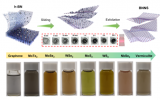
labview按行读取二维数组之后再按读取顺序重新组成二维数组如何实现?
二维材料 ALD 的晶圆级集成变化
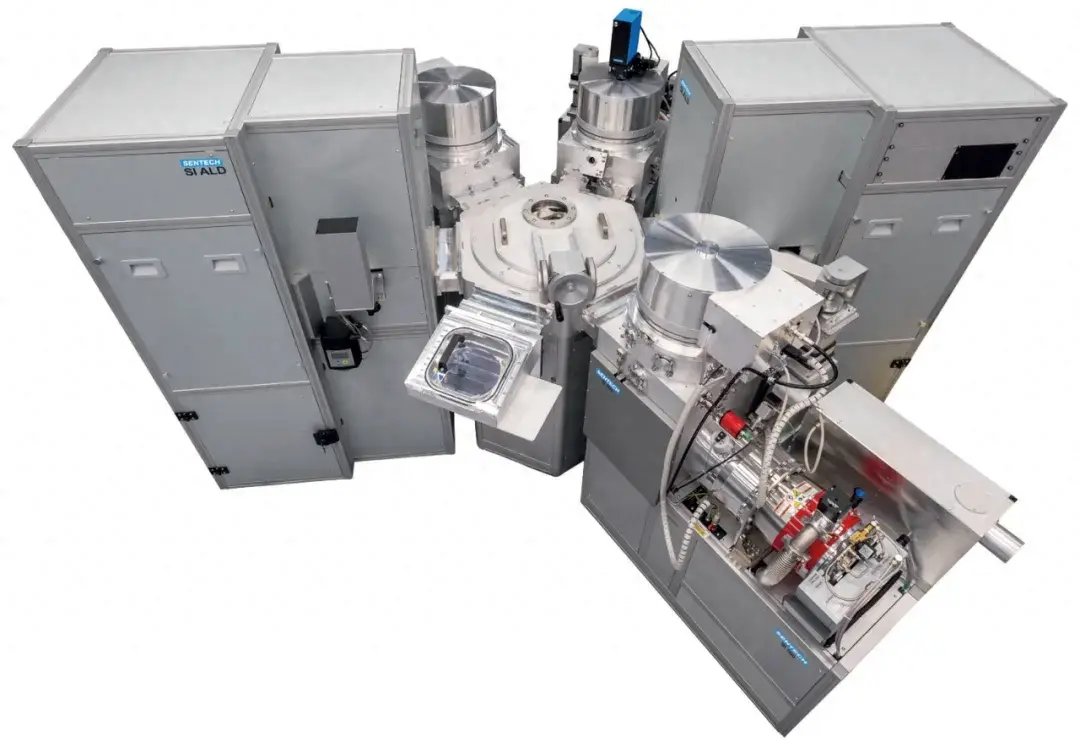
我国学者首次实现基于数百离子二维阵列的可单点分辨的量子模拟器
胶体量子点和二维材料异质结光电探测器应用综述






 二维材料系统可实现单光子发射器和自旋量子比特
二维材料系统可实现单光子发射器和自旋量子比特
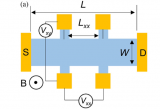

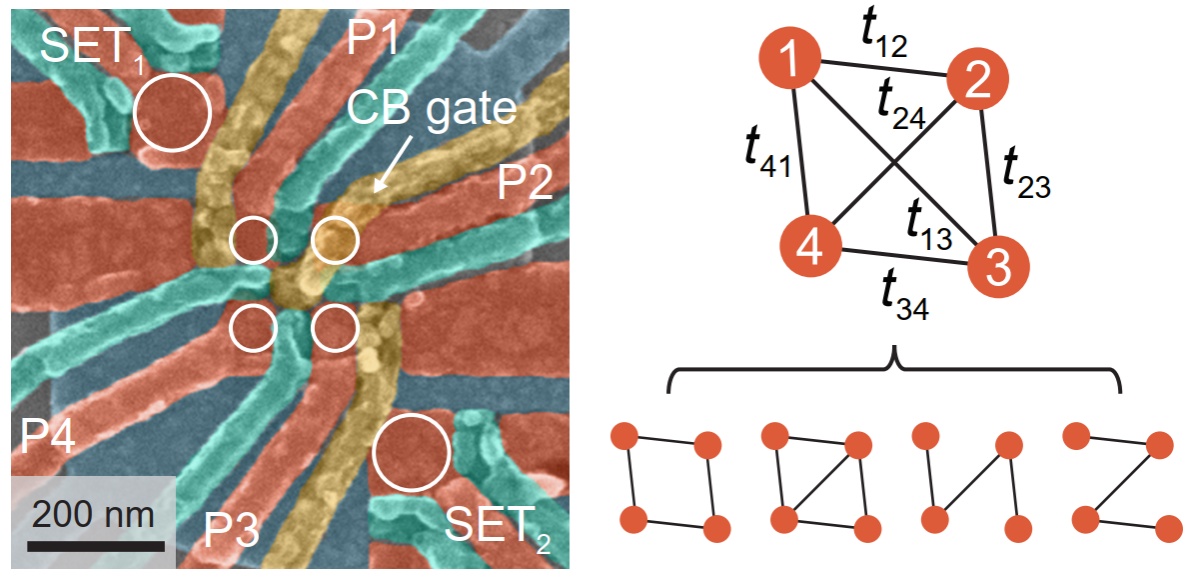


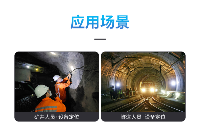










评论